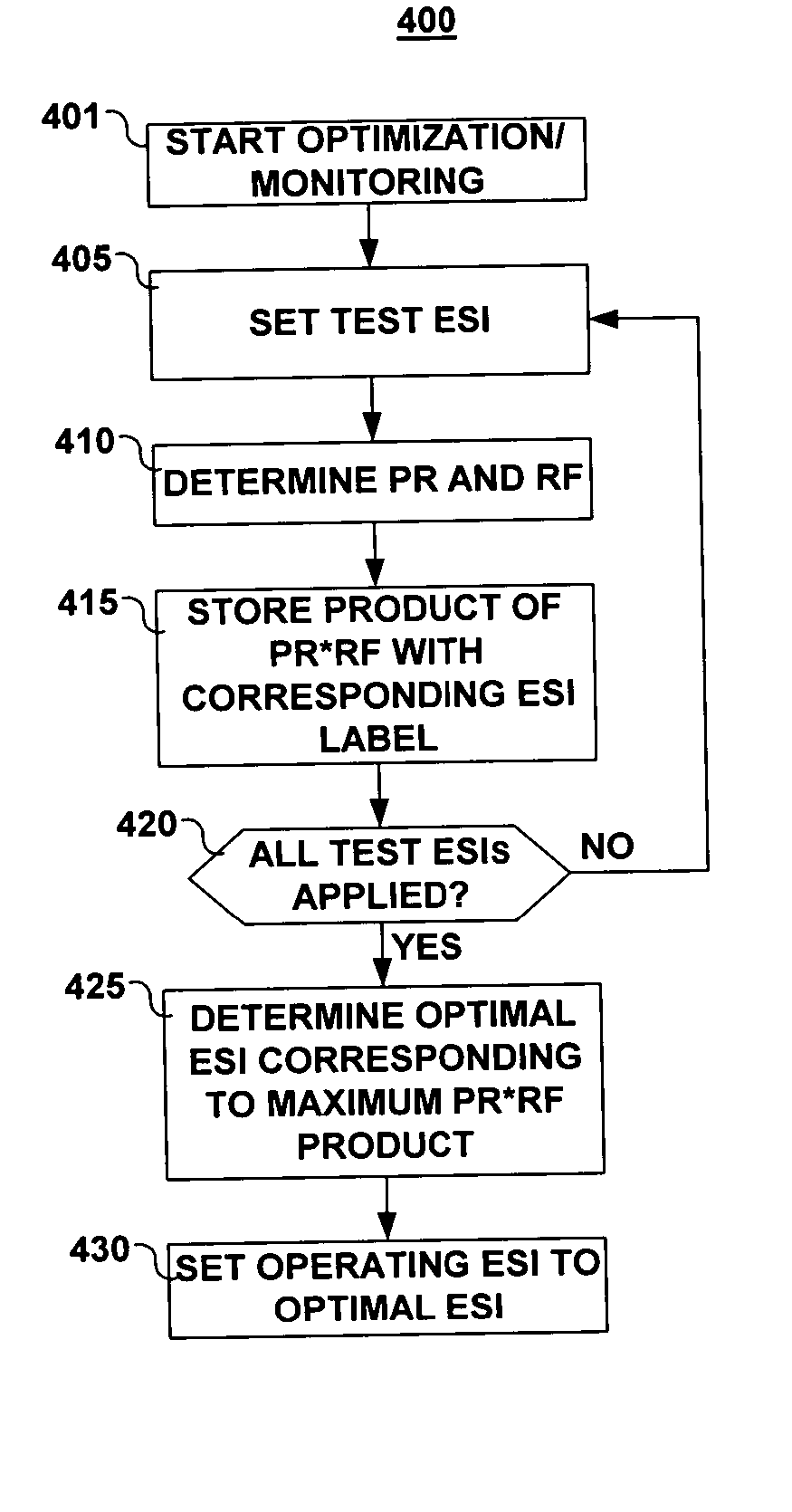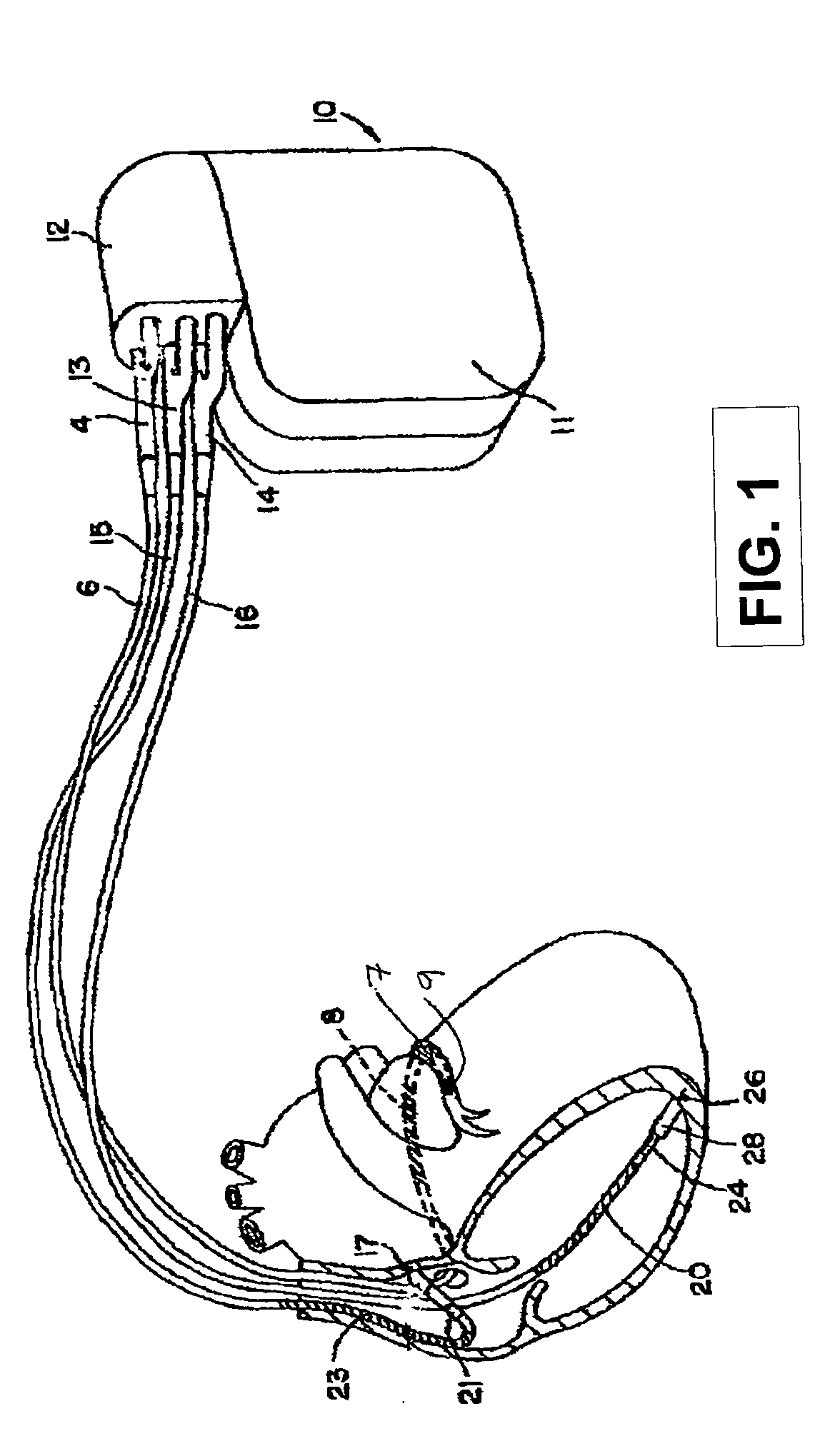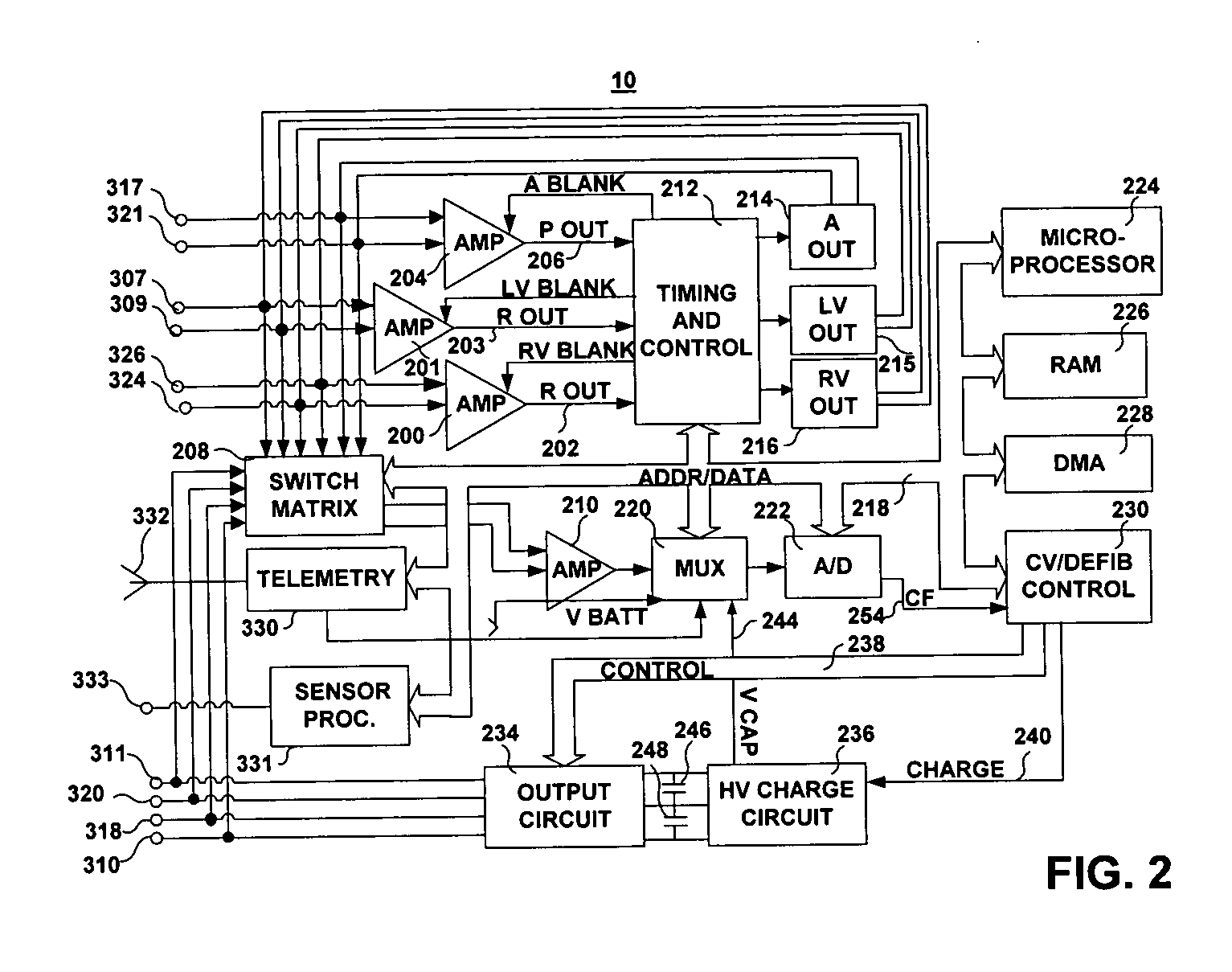Method and apparatus for optimization and assessment of response to extra-systolic stimulation (ESS) therapy
a technology of extra-systolic stimulation and optimization methods, applied in the field of implantable cardiac stimulation devices, can solve the problems of insufficient calcium release in response to extra-systole, insufficient cardiac mechanical contraction, and inability to achieve the effects of ess therapy, so as to maximize contractile performance and improve the effect of palliative
- Summary
- Abstract
- Description
- Claims
- Application Information
AI Technical Summary
Benefits of technology
Problems solved by technology
Method used
Image
Examples
Embodiment Construction
The present invention is directed toward providing an implantable system for delivering an extra-systolic stimulation (ESS) cardiac therapy to achieve stroke volume augmentation, reduction in paced heart rate and the like, wherein the timing of and assessment of response to the electrical stimulation therapy, is controlled based on measuring PR and RF.
FIG. 1 is an illustration of an exemplary implantable medical device (IMD) in which the present invention may be implemented. IMD 10 is coupled to a patient's heart by three cardiac leads 6, 15, 16. IMD 10 is capable of receiving and processing cardiac electrical signals and delivering electrical stimulation pulses for ESS and may additionally be capable of cardiac pacing, cardioversion and defibrillation. IMD 10 includes a connector block 12 for receiving the proximal end of a right ventricular lead 16, a right atrial lead 15 and a coronary sinus lead 6, used for positioning electrodes for sensing and stimulating in three or four he...
PUM
 Login to View More
Login to View More Abstract
Description
Claims
Application Information
 Login to View More
Login to View More - R&D
- Intellectual Property
- Life Sciences
- Materials
- Tech Scout
- Unparalleled Data Quality
- Higher Quality Content
- 60% Fewer Hallucinations
Browse by: Latest US Patents, China's latest patents, Technical Efficacy Thesaurus, Application Domain, Technology Topic, Popular Technical Reports.
© 2025 PatSnap. All rights reserved.Legal|Privacy policy|Modern Slavery Act Transparency Statement|Sitemap|About US| Contact US: help@patsnap.com



